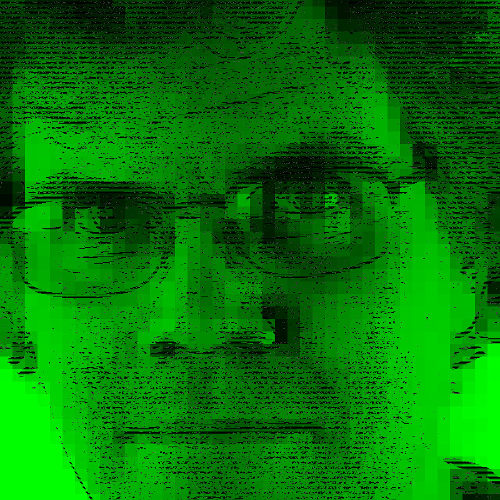It's the first volume in a set of books about the history of keyboards, text entry, the user experience of working with text on various then-newfangled devices. I learned a lot, which might kind of surprise you; I'd already learned plenty about the history of this technology and that technology. But focusing on text brings you to some weird corners.
E.g., in the very-early days of typewriters, a typist couldn't see what they'd typed; the marks were under the paper, hidden by the typewriter mechanism. You might say "Well, any serious typist learns to touch-type at some point; but I dunno if I could work up the resolve to learn touch typing if I couldn't see my work when I was starting out.
I learned about Linotype spacebands. A linotype lets a typesetter make a line-of-type by typing text, laying out an array of letterform molds. But this tool, for book and newspaper publishers, supports full-justified text. It did that by changing the spacing between words; not so hard if they're just blips of light on a computer screen, but tricky when they're pieces of metal sitting in a track. It turns out that while the letter-pieces were flat, spaces were spacebands, tall subtly-slanted wedges.
|..____⚺____⚺___⚺__⚺___.|
When you'd entered a line of text, the machine would push down on the wedges, forcing apart the words until those words hit the edges of the track.
|_____ _____ ____ ___ ___|
V V V V
They fit snugly enough such that when hot lead was poured over the track, it probably didn't leak past those wedges.
I learned something about the history of the telegraph, surprising since I studied that pretty hard while coming up with ideas for that Telegraph Hill puzzle hunt. I learned about some of the also-ran devices that were devised, false starts towards usability. Many people saw that electricity could be used for communication. Someone at point A closes an electrical circuit; this causes something to happen at point B, far away but also on that electric circuit. But what should happen? It shouldn't require too much power; you'd have to drive that much power through the circuit. (Modern folks might think "why not run a little trickle of power through the circuit and use it to trigger a transistor to something more powerful at the receiving end?" but of course this is all before transistors.) I read about the efforts Francisco Salva Campillo, who had the idea of using twitching severed frogs' legs at the receiving end to indicate when the circuit was closed. I'm really glad I didn't try to write a puzzle around that.
So far, so good. Onward to Volume №2.
